Olympic Park (올림픽공원)
7.6Km 2023-10-19
424 Olympic-ro, Songpa-gu, Seoul
+82-2-410-1114
Olympic Park is an impressive leisure facility in which historic remains from the Baekje era share space with modern, state-of-the-art sports stadiums, an eco-friendly forest, and spacious grass fields. The legacy of the 1988 Seoul Olympics, the park not only houses the country’s largest sports arena, but has also become a place where Seoul residents come to relax and unwind.
Spread across approximately 1.45 million square meters, Olympic Park encompasses the land that was once Mongchontoseong Fortress and Mongchonhaeja (manmade lake) from the early Baekje period. The park is divided into several zones, including a leisure sports park, a cultural art park, an eco-park, and the History Experience Park dedicated to the area’s rich historic heritage.
Because Olympic Park is so large and takes over three hours to explore, visitors are advised to familiarize themselves with entrances and exits and travel routes before they start. To further save time, visitors can ride the Road Train (“Hodori Train”) located next to Peace Square.
Seoul Jazz Festival (SJF) (서울재즈페스티벌)
7.6Km 2021-07-21
424, Olympic-ro, Songpa-gu, Seoul
• 1330 Travel Hotline: +82-2-1330 (Korean, English, Japanese, Chinese) • For more info: +82-2-563-0595
In the wide grass field of Olympic Park in Jamsil, Songpa-gu, Seoul, Asia's top jazz festival, the Seoul Jazz Festival is held. Every May, world-famous artists come to entertain visitors during the festival.
Hwanggeum Kongbat (황금콩밭)
7.6Km 2023-10-10
9 Mapo-daero 16-gil, Mapo-gu, Seoul
Hwanggeum Kongbat specializes in bean curd, using 100% Korean-grown soybeans and salt to make their bean curd fresh daily. The restaurant is famous for their method of making a bean curd that is smooth and maintains the nutty yet sweet flavor of the soybeans.
Larva Town (라바타운)
7.7Km 2022-12-23
1, Gyeonghuigung 1-gil, Jongno-gu, Seoul
+82-70-4609-6492
Larva Town is divided into areas of three different themes: TUBAn Yard, TUBAn Goods, and Cafe Wingcle. TUBAn Yard greets visitors with animation character Larva dressed up as a gatekeeper from the Joseon dynasty along with other amusing sculptures that serve as excellent props for taking souvenir photos. The yard is open to public, welcoming any passerby to stop by and relax. As for TUBAn Goods, the shop is filled with character merchandise targeted towards consumers of diverse age range. Featured characters include TUBAn's iconic Larva, Dinocore, and Wingcle. After looking around TUBAn Yard and TUBAn Goods, visitors can stop by Cafe Wingcle where they can enjoy a cup of coffee with dessert surrounded by adorable Wingcle and friends.
Kumho Museum of Art (금호미술관)
7.7Km 2020-06-11
18, Samcheong-ro, Jongno-gu, Seoul
+82-2-720-5114
The Kumho Museum of Art was opened to celebrate the diversity of art. The museum displays new pieces of art from promising new artists and accomplished artists every year. The museum first opened its doors in Gwanhun-dong in 1989, but moved to a larger area in 1996 where it stands today. The Kumho Museum of Art stands on the east side of Gyeongbokgung Palace. The museum is surrounded by other cultural and folk museums. The B1 floor features artwork of new artists while the 1st and 2nd floors feature project exhibitions and invitation exhibits. About once a year foreign artists are invited to display their art in the museum. There are official invitation exhibitions of seven artists yearly. These are artists who have strongly influenced Korean art. On the 3rd floor of the museum is a small concert hall, also known as Kumho Recital Hall. Although the capacity is only 171 people, all concerts are executed with professional care. On the 1st floor there is a coffee shop and an art shop. The coffee shop and art shop remain open on days the museum is closed.
Baengnyeon Tojong Samgyetang (백년토종삼계탕)
7.7Km 2021-03-24
41, Bukchon-ro, Jongno-gu, Seoul
+82-2-747-5535
This is the place featured on the Michelin Guide. This Korean dishes restaurant is located in Jongno-gu, Seoul. The representative menu is ginseng chicken soup.
NOVA ITALIANO (노바이탈리아노)
7.7Km 2021-03-26
20, Kyungheedae-ro, Dongdaemun-gu, Seoul
+82-2-966-1652
It's near the university, so it's a place frequented by many young people. The best menu at this restaurant is pasta. This Western dishes restaurant is located in Dongdaemun-gu, Seoul.
Jeongdok Library (서울특별시교육청 정독도서관)
7.7Km 2021-05-08
48, Bukchon-ro 5-gil, Jongno-gu, Seoul
+82-2-2011-5799
Jeongdok Library opened in January 1977 on the former site of the Gyeonggi High School in Bukchon, Jongno-gu, Seoul. As a public city library, it boasts little under half a million books and 16,300 reference materials. The Seoul Education Museum in the library houses a collection of 12,000 reference materials.
In addition to basic library functions (lending books and offering archives and reading rooms to the public), the library runs various cultural programs such as monthly lectures by invited authors, photo exhibitions, reading seminars, and music/dance performances.
Italyjae (이태리재)
7.7Km 2017-02-01
74-9, Yulgok-ro 1-gil, Jongno-gu, Seoul
Itaejae, located in a refined side street in Sogyeok-dong, offers authentic traditional Venetian-style Italian cuisine at a reasonable price.
Korean National Police Heritage Museum (경찰박물관)
7.7Km 2021-12-21
41, Saemunan-ro, Jongno-gu, Seoul
+82-2-3150-3681
The police museum opened on October 14, 2005 to give a better understanding of the job of the police and to offer a formal education to children who wish to become police officers in the future. The history hall of the museum is designed for visitors to learn about the history of Korean police at a glance, exhibiting information on the police force from the Joseon dynasty up until current times.
Visitors to the museum can pretend to be police officers by touching actual equipment and learning about an officer's daily tasks. Visitors can also get in patrol cars, wear a police uniform, experience shooting a gun through a simulation, and learn self-defense martial arts and arrest techniques. Visitors can also go to the museum jail.


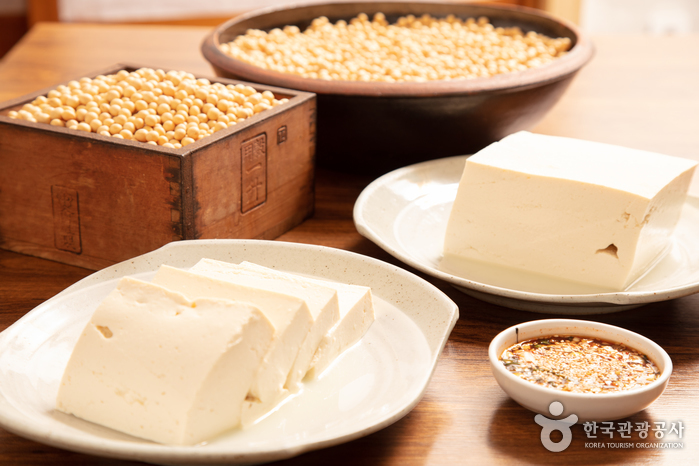
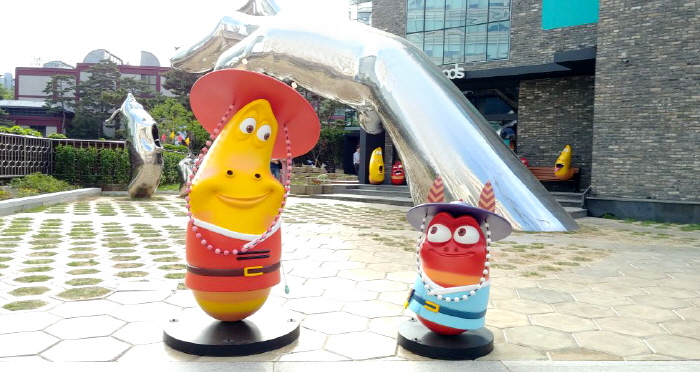
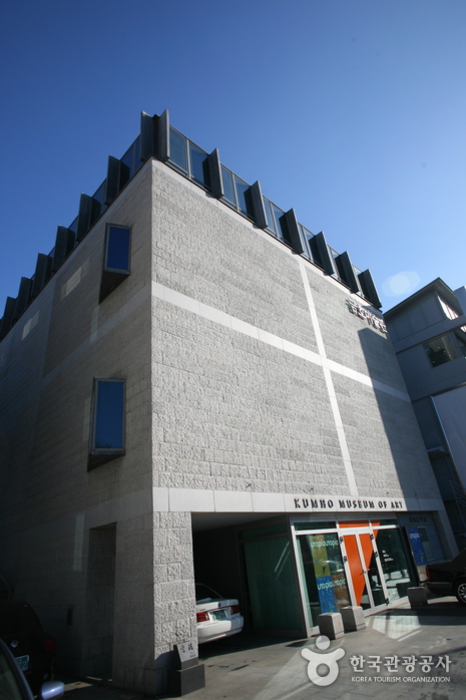
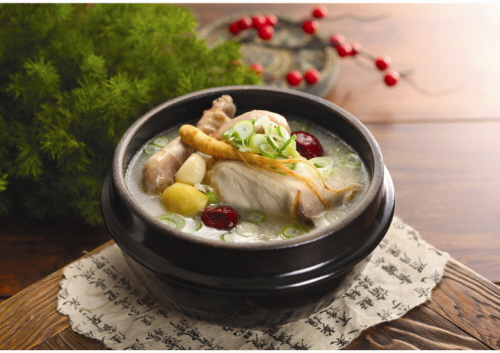
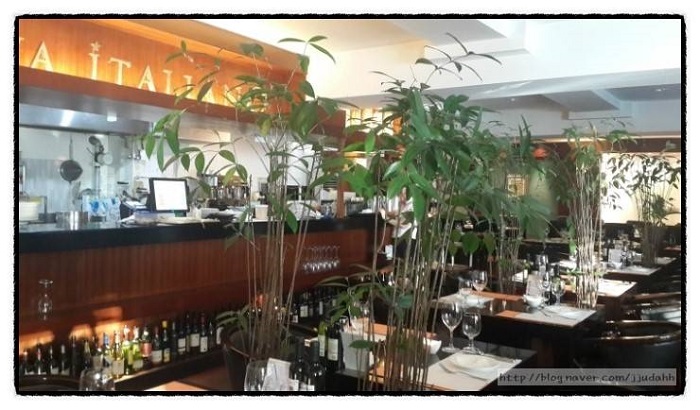
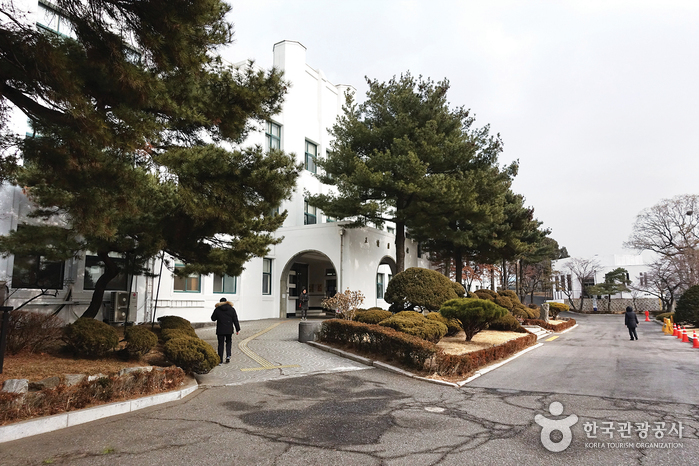
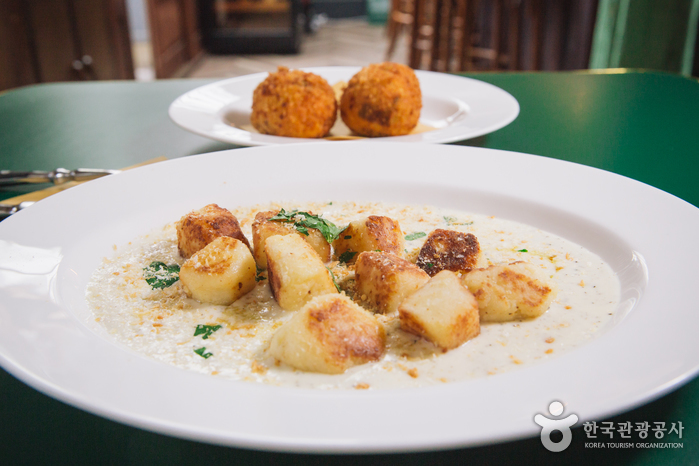
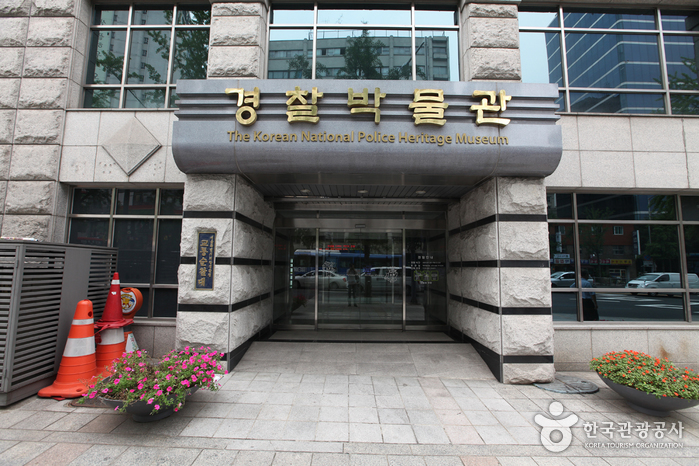
 English
English
 한국어
한국어 日本語
日本語 中文(简体)
中文(简体) Deutsch
Deutsch Français
Français Español
Español Русский
Русский